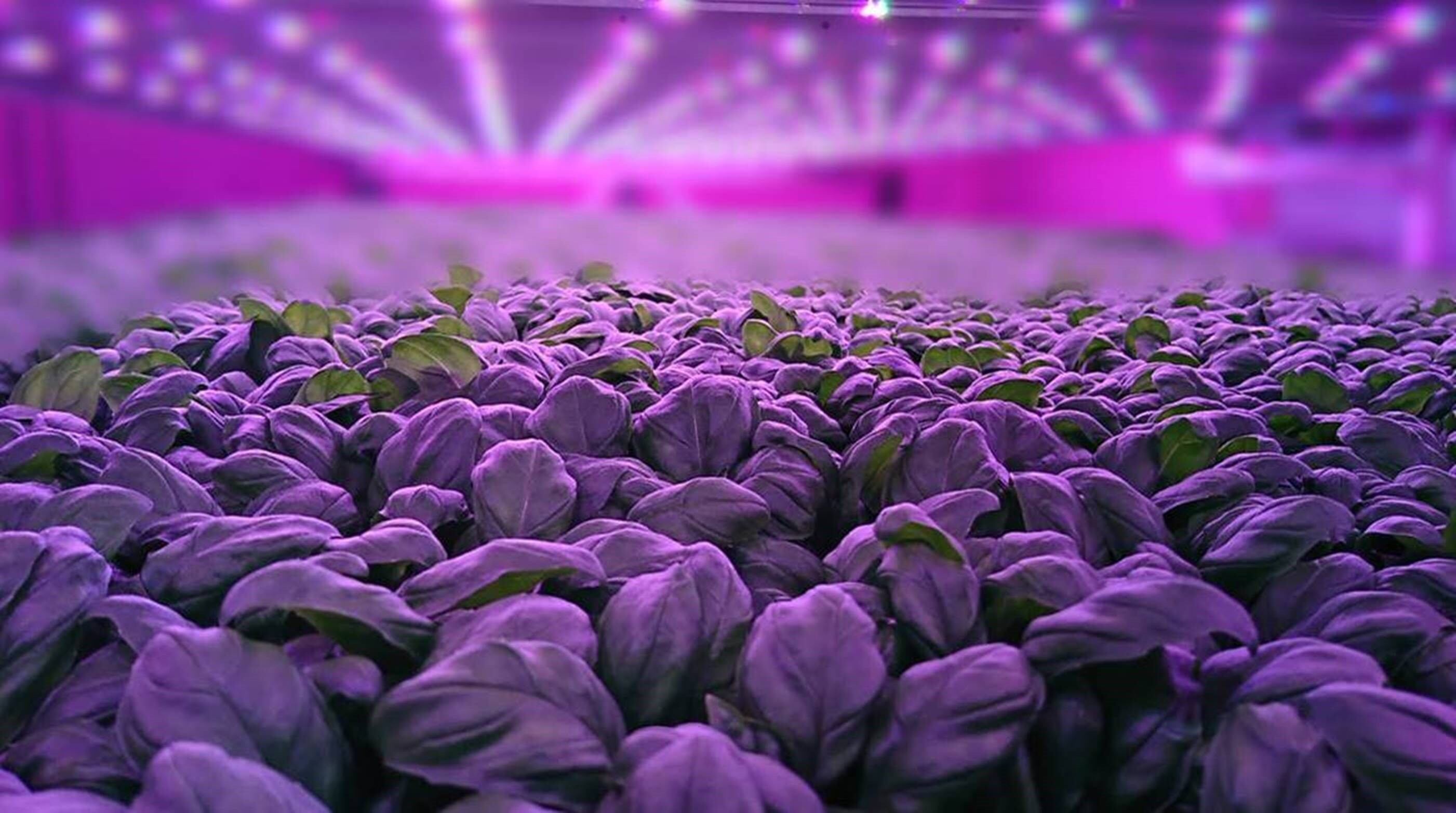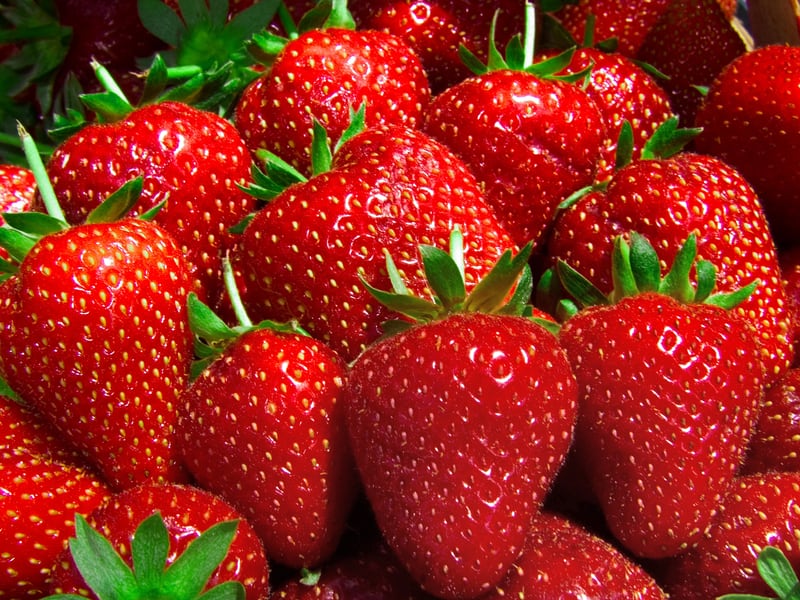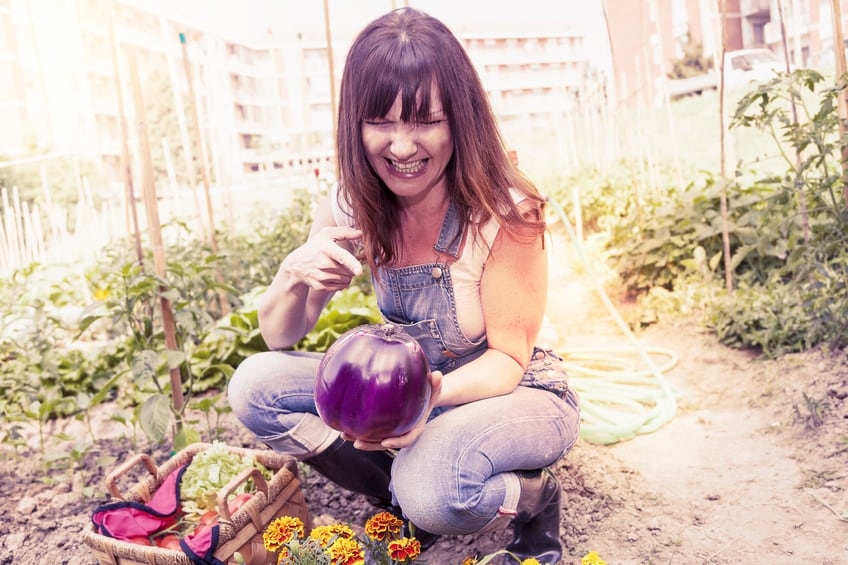Based at the James Hutton Institute, a world leading crop research facility, IGS CEO David Farquhar said the new facility is arguably the world’s “most technically advanced” indoor farm.
The vertical farm utilises a number of patent-protected advanced technologies that address some of the most pressing challenges faced by the vertical farming industry, namely high labour and energy requirements.
The Scottish-led team at IGS has developed an IOT-enabled power and communications platform that is managed by a SaaS and data platform using AI to deliver economic and operational benefits to indoor growing environments. According to the company, this technical solution enables a 50% reduction of energy use and cuts labour costs by 80% compared with other indoor growing environments.
“Our patented power and comms platform allows for far greater control and efficiency of the key elements that make up Total Controlled Environment Agriculture (TCEA) - effectively the 'weather': lighting, ventilation, gases, water and nutrients. This delivers greater productivity: yield, quality and consistency. Our ventilation system is also patented as are the mechanics of running our growth towers.
"Ultimately these will significantly lower manual labour costs and greatly reduce power consumption. These are all fundamental challenges currently facing the nascent vertical farming industry,” Farquhar explained.
The collaboration with the James Hutton Institute is also an important part of what IGS brings to the table, the food tech innovator continued. It enables IGS to offer the industry “a greater level of research, bringing knowledge and understanding in digitising crop growth,” he told FoodNavigator.
“We already work together towards identifying algorithms to run TCEA experiments designed to optimise growing conditions which can be formulated and shared digitally to ensure that other users are able to grow crops consistently, wherever they are.”
Growing more for less
The IGS system can produce yields of up to 200% more than that of a traditional greenhouse, the company claimed.
“Based on experiments with cut basil as an example, from a growing punnet that would normally yield 450g cut weight in a greenhouse we are getting 680g, around 50% more and at a very high quality and consistency level. Moreover, we are getting there in average 20 days versus 30 days in a greenhouse allowing 50% more growth cycles per annum. So a compound 225% yield versus the greenhouse,” Farquhar stressed.

The tech start-up has been growing crops since April 2018. It currently grows micro-greens, salad leaves and herbs but is working to extend the crops that its technology is suitable for.
“As our trials continue on the road map we aim to introduce other varieties such as tomatoes, cucumbers and soft fruit. Further crops have been requested by a wide range of customers which we are not at liberty to disclose in detail but they include varieties of brassica, legumes and flowering plants for pharmaceutical applications and flavourings in F&B.”
The system also offers a number of environmental benefits. It is more water efficient than conventional modes of production, eliminates the need to use pesticides and – by affording the opportunity to bring production closer to population centres – can reduce food miles.
By allowing produce to be grown locally and on demand, manufacturers could reduce fresh food waste by up to 90%, IGS claimed.
These factors are propelling expected growth in the vertical farming sector.
“We believe that as populations grow, market demand for food increases alongside water shortages and suitable arable land depletes, there will be a far greater demand for indoor growing in the medium to long term. By growing closer to the market in controlled vertical farming conditions, it is possible to more precisely grow to demand and improve efficiency, so reducing waste and food miles. The products are fresher, have a longer shelf life, and crop losses due to weather, disease, drought, or pests can be significantly reduced. As cost, power and labour efficiencies are gained we believe that this will greatly increase the interest and viability of this agricultural approach across a wider range of crops.”
According to Farquhar, the vertical farming sector is growing at a compound annual growth rate of 24%. “Vertical farming alone is a market expected to be worth US$9.9bn (€8.5bn) by 2025, bringing it in line with more conventional indoor agriculture.”
The food tech supplier is also witnessing “rapidly growing demand” for its products from existing operators of horizontal indoor ag including greenhouses and converted factories, he noted.
Approximately 150 jobs are expected to be created in by 2021 in areas such as software, data, engineering, robotics and automation.
"Significant demand" is already being realised amongst growers, retailers and national governments aiming to address food security issues and alternative methods of production in their regions, with exports expected to account for around 95% of IGS's sales.


